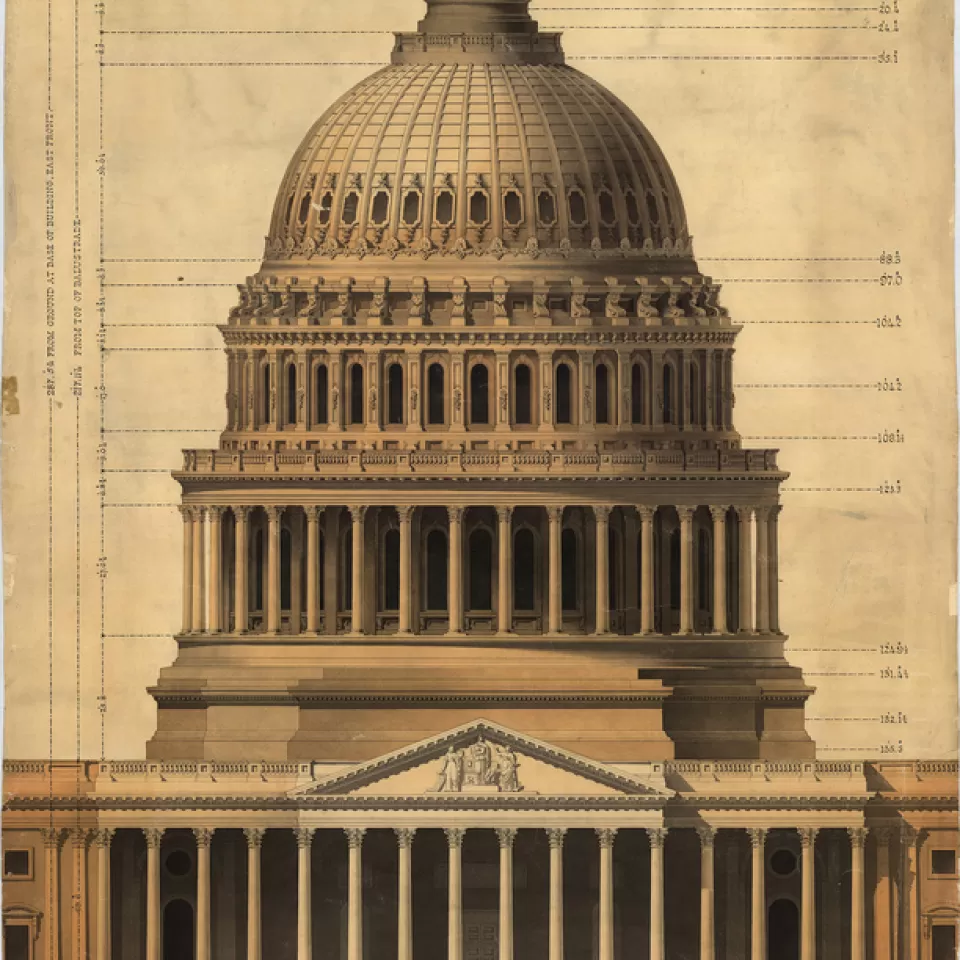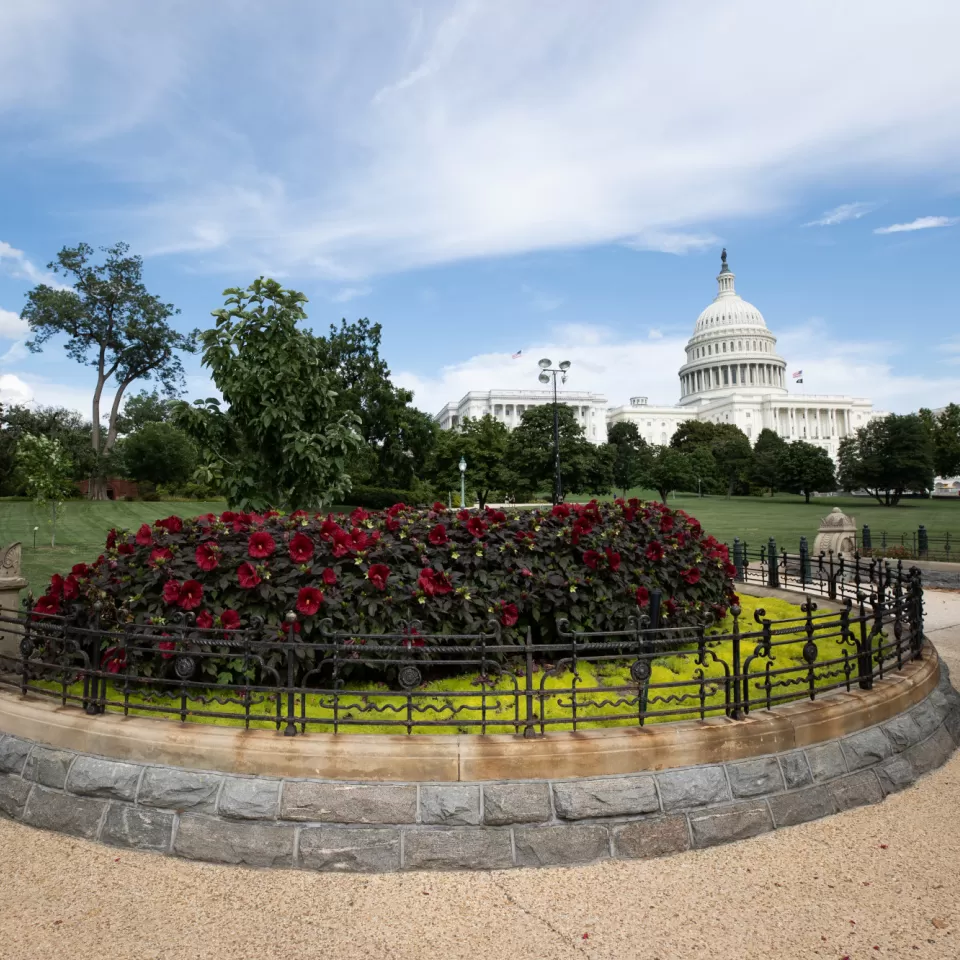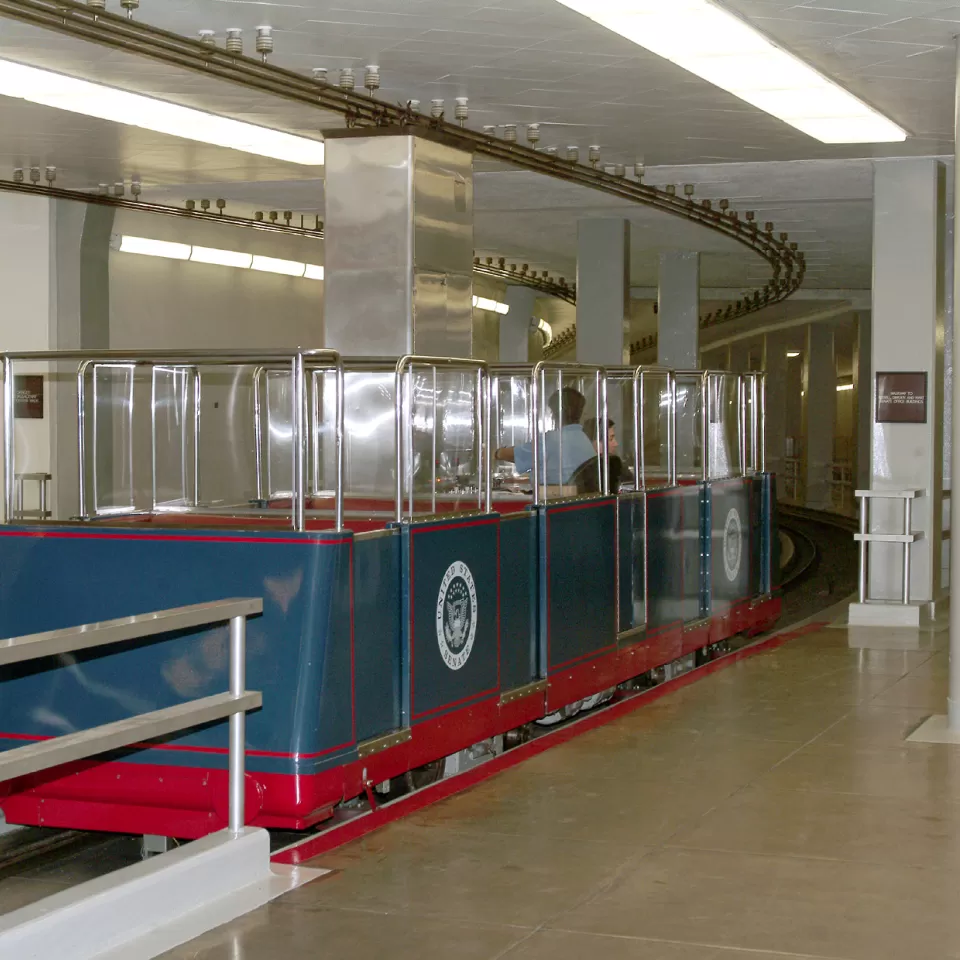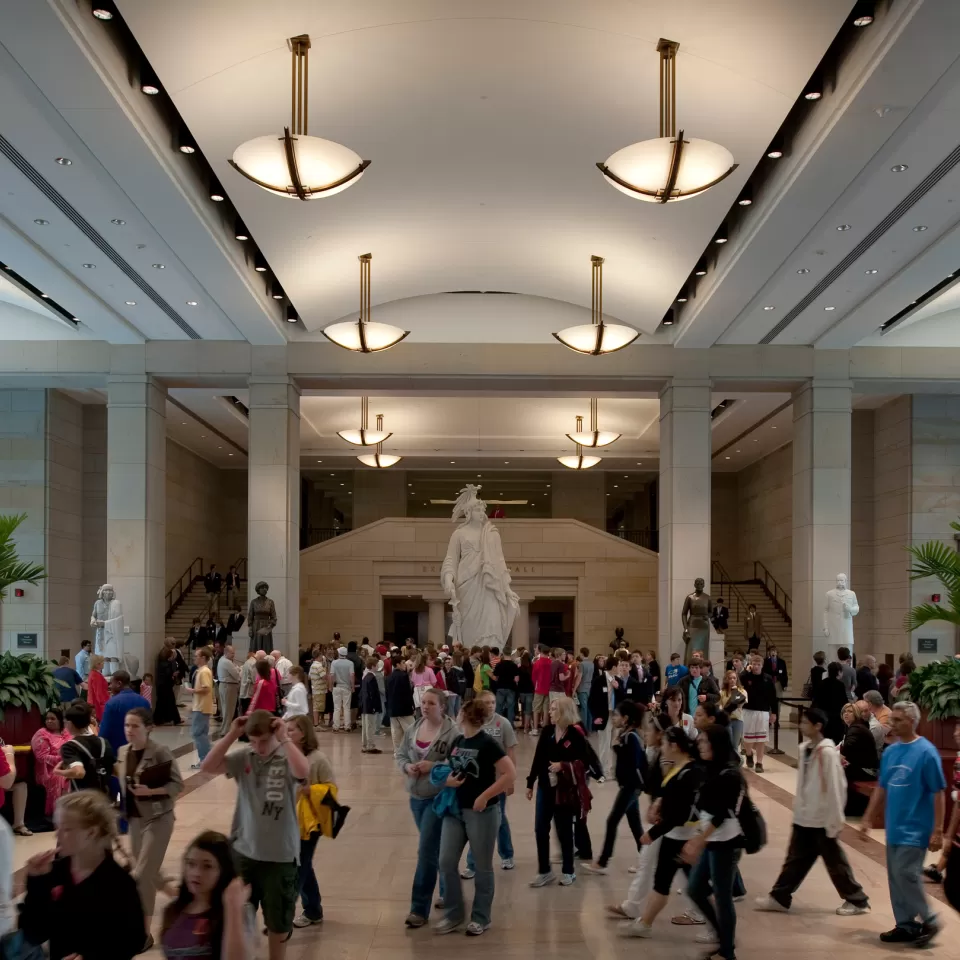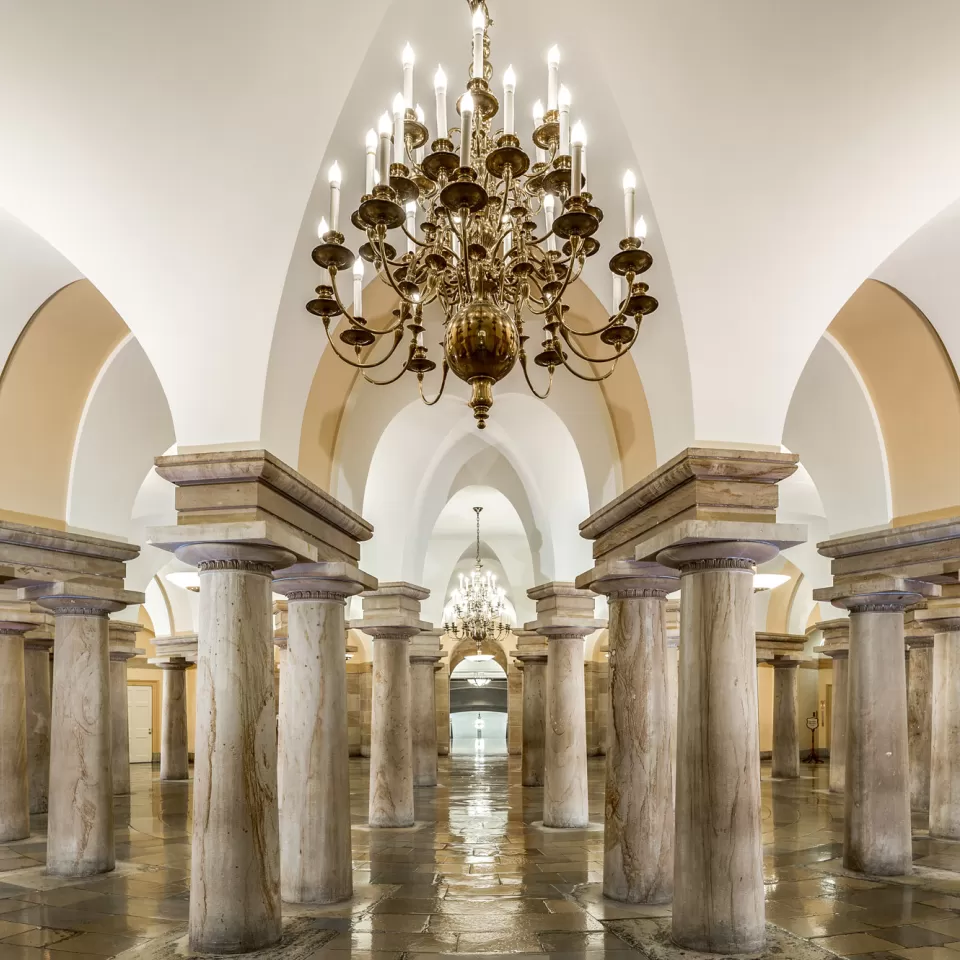Which is taller, the Capitol or the Washington Monument?
The Washington Monument, standing 555 feet tall, is 267 feet taller than the U.S. Capitol. Because the base of the Washington Monument is 30 feet above sea level, and that of the Capitol is 88 feet above sea level, the top of the Washington Monument is 209 feet higher than the top of the Capitol Building.
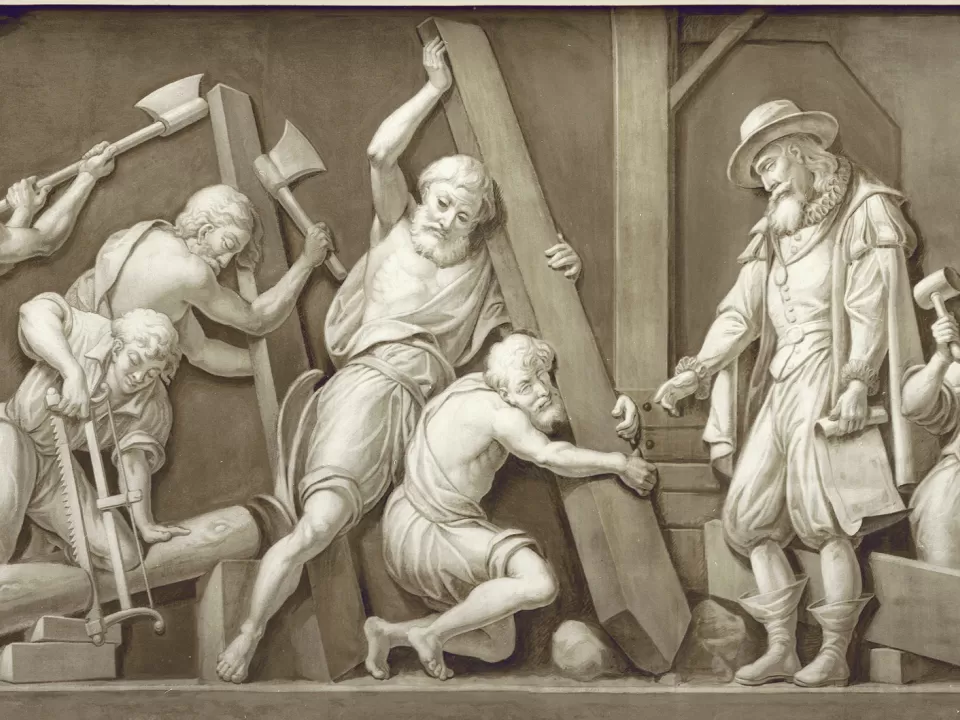
Highlight
Colonization of New England
Early settlers cut and saw trees and use the lumber to construct a building, possibly a warehouse for their supplies.
Image Gallery







U.S. Capitol Building
